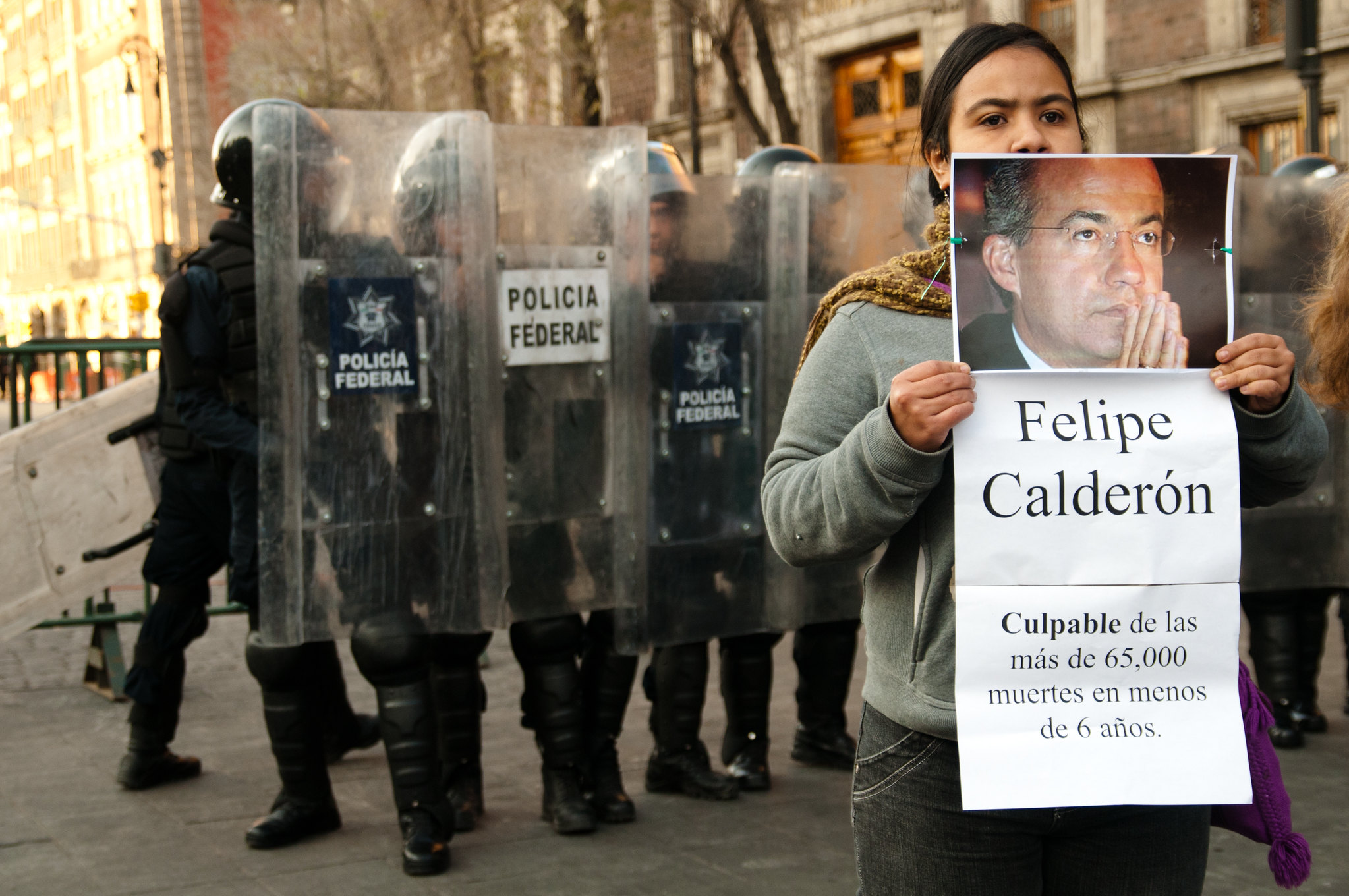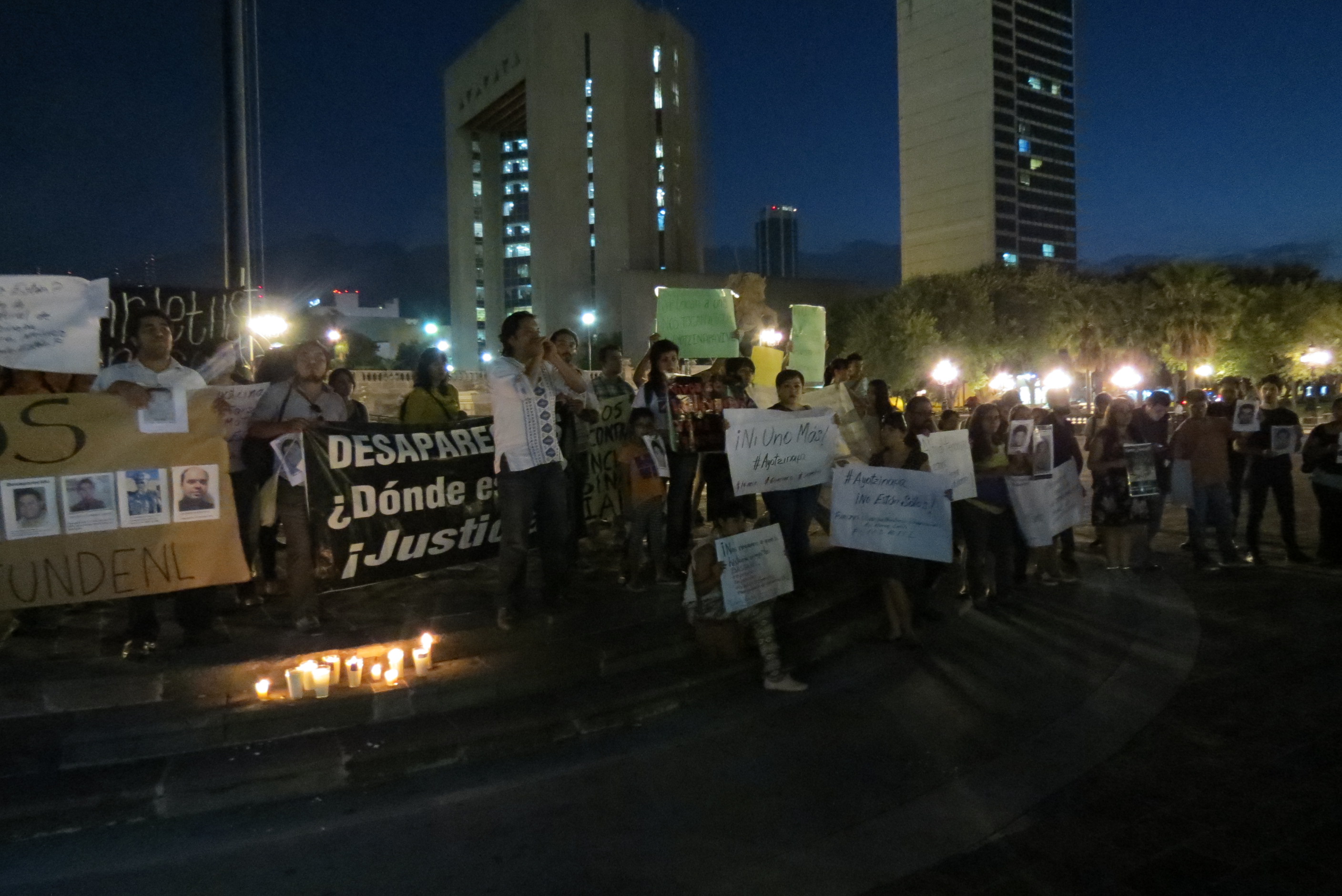Guest post by Tijen Demirel-Pegg.
The killings of Michael Brown in Ferguson and Eric Garner in New York – and the subsequent failure to indict the police officers that killed them in 2014 – generated massive outrage across the United States. While large-scale protests were held in a number of cities, leaving pundits to wonder if Black Lives Matter was turning into a new civil rights movement, an unexpected event happened: two police officers were shot to death in New York on December 20, 2014, by a man who was allegedly outraged by the Brown and Garner cases. The momentum for the Black Lives Matter movement in New York City was derailed as the police killings generated a backlash effect against the demonstrations.
Protests typically attract more public and scholarly attention when they increase in size and/or intensity and threaten existing regimes. We rarely hear about protests that had the potential to secure significant government concessions but demobilized prematurely. Nevertheless, every protest campaign, successful or not, ultimately demobilizes. Scholars have identified individual, organizational, and state-level factors that can decrease a campaign’s resources and its ability to galvanize support. For instance, protesters might disengage because of exhaustion or the need to return to their daily lives. The government can also make concessions to the moderates within the campaign and repress the radicals in order to polarize camps and weaken the campaign.
Sometimes, however, protests can also demobilize due to an unexpected event. We generally assume that both opposition campaigns and governments have control over protest dynamics. Nonetheless, protest campaigns are complex events which are often shaped by a host of factors that are not necessarily under the actors’ control.
In a recent International Interactions article, I show that communal violence in Assam, India, was a critical event that led to the collapse of what had been a widely supported protest campaign. More specifically, ethnic Assamese lethally attacked immigrant Muslims in rural areas during controversial elections that the campaign leaders had boycotted. Protest campaigns in ethnically divided societies are particularly combustible as they have the potential to trigger unintended or unorchestrated communal violence.
In societies where communal divisions are salient, opposition leaders broaden the base of resistance to include members of different ethnic groups. Yet, the inclusion of different ethnic groups can make the unity of the campaign precarious, particularly if campaign activities highlight ethnic cleavages. Mass actions can exacerbate tensions by provoking fear or anger between different communal groups. When an ethnic group demonstrates strength by protesting in large numbers, others feel threatened, especially if the protesters’ claims have ethnic overtones.
Once such communal violence occurs, campaign leaders seek to maintain unity by refraining from strategies that might exacerbate ethnic tensions. Governing elites usually assert their authority and criticize campaign leaders for making ethnic political demands and bringing ethnic issues to the forefront. In addition, political elites often pressure campaign leaders to suspend their activities in a tense environment to prevent the outbreak of more violence. Given the elevated tension, as well as the political elite’s pressure in the aftermath of communal violence, campaign leaders typically avoid organizing protests.
Multi-coalition protest campaigns face serious challenges in keeping these different groups together after a major shock like communal violence. In particular, if one of the groups included in the coalition has affiliations to the group that was targeted, campaign solidarity declines. The group affiliated with the victims questions the purpose of the campaign and pressures the leaders to modify campaign policies that undermine the interests of the targeted groups. Other groups correspondingly make demands to strengthen their profile, further undermining the campaign’s broad coalition. Thus, the ability of the leaders to organize mass events decreases. The leaders must instead devote more time and energy into finding ways to re-energize the campaign and rebuild solidarity than actually protesting.
To illustrate these dynamics, my study examines the anti-foreigner protest campaign in the ethnically heterogeneous state of Assam, India, from January 1, 1979 to August 16, 1985. My results provide convincing support that the communal violence that took place in early 1983 significantly demobilized the protest campaign.
In brief, in 1979 ethnic Assamese started a state-wide protest campaign to pressure the Indian Government to identify illegal immigrants, delete their names from voting lists, and deport them to Bangladesh. The campaign gained mass support among ethnic Assamese, including indigenous Muslims who had settled in Assam before colonization. Thousands of students, government employees, and workers participated in demonstrations, strikes, and sit-ins throughout the first four years. The Indian state, however, felt a humanitarian commitment toward the Hindu refugees who crossed into India from East Pakistan to escape the atrocities of the Pakistani state before it became Bangladesh in 1971.
In early 1983, the campaign intensified in the wake of the state legislative assembly elections scheduled for February. The central government insisted on using the electoral rolls of 1979 without deleting the names of foreigners while the campaign leaders strongly opposed this and called for an electoral boycott. As clashes between the police and the protesters increased, the Assam government brought in additional police from other states. In the midst of this tense political environment, communal violence occurred when Assamese and indigenous peasants in the rural areas attacked mostly Muslims of Bengali descent, leaving 1,600 to 2,000 people killed.
After the communal violence, members of the Indian central government called for calm in the region while political actors and civil society groups offered competing explanations for the occurrence of such brutal violence. The campaign leaders announced the temporary suspension of the campaign in late March to avoid further ethnic tensions. However, after the killings of Muslim peasants, many Muslims withdrew their support. Thus, the campaign leaders directed their time and resources toward addressing internal divisions. Protests slowed down dramatically, and any attempts to revive the campaign proved futile. The campaign ended in August 1985 with the signing of the Assam Accord but it had significantly demobilized after the communal violence in 1983.
The policy implications of the Assam campaign are quite alarming. In ethnically divided societies, protests that highlight ethnic differences can have unintended violent consequences and deepen societal cleavages. States should be aware of this potential and calculate the costs of repressing and fueling protests by taking into account the possibility of large-scale communal violence. Likewise, protesters should develop strategies to prevent the escalation of ethnic tension as it can have detrimental effects on the campaign. More generally, both state authorities and protesters should understand that events might slip out of their control – regardless of how calculated their actions are – and should avoid strategies that manipulate divisions within societies.
Tijen Demirel-Pegg is an Assistant Professor in the Department of Political Science at Indiana University-Purdue University Indianapolis.








1 comment